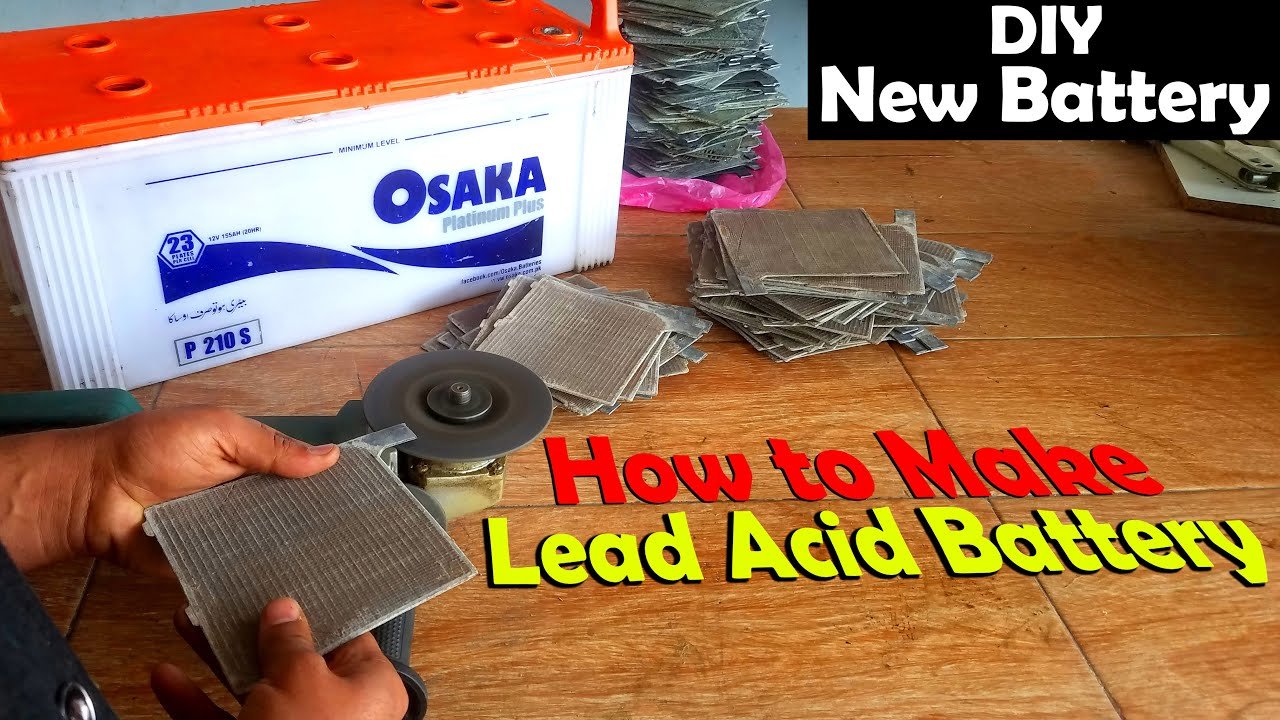In the realm of automotive and electronic repairs, the notion of cutting open a lead acid battery to restore it has gained attention. While it presents a seemingly cost-effective solution to extending the life of batteries, the risks and considerations surrounding this practice cannot be overstated.
Key Highlights:
- Cutting open a lead acid battery can expose harmful chemicals and lead to potential injury.
- DIY restoration methods may offer temporary solutions but often compromise long-term battery performance.
- Professional handling and recycling of lead acid batteries are recommended for safety and environmental reasons.

Understanding the Risks and Alternatives
The Appeal and Dangers of DIY Restoration
The process of cutting open a lead acid battery, often seen in online tutorials, involves accessing the internal components to clean or replace them. This approach is fraught with hazards, from the release of toxic gases to the risk of acid spills, posing significant health and safety risks.
Why It’s Not Recommended
Despite the allure of potentially saving money, the risks associated with DIY battery restoration far outweigh the benefits. Lead acid batteries contain sulfuric acid and lead, substances that are harmful to human health and the environment. Improper handling can lead to severe injuries or contamination.
Professional Alternatives
Seeking professional advice or opting for a new battery is strongly advised. Professionals are equipped to handle and recycle batteries safely, mitigating environmental harm. Furthermore, modern batteries are designed to be more efficient and environmentally friendly, making replacement a more sustainable choice.
Battery Maintenance Tips
To extend the lifespan of your lead acid batteries, regular maintenance and proper charging practices are key. Ensuring that the batteries are kept at optimal charge levels and stored in suitable conditions can prevent common issues, reducing the need for drastic restoration measures.
Conclusion
While the idea of cutting open a lead acid battery for restoration might seem like a quick fix, the potential risks and long-term impacts make it an ill-advised practice. Investing in new, more sustainable battery options or seeking professional services not only ensures safety but also contributes to environmental conservation.


















